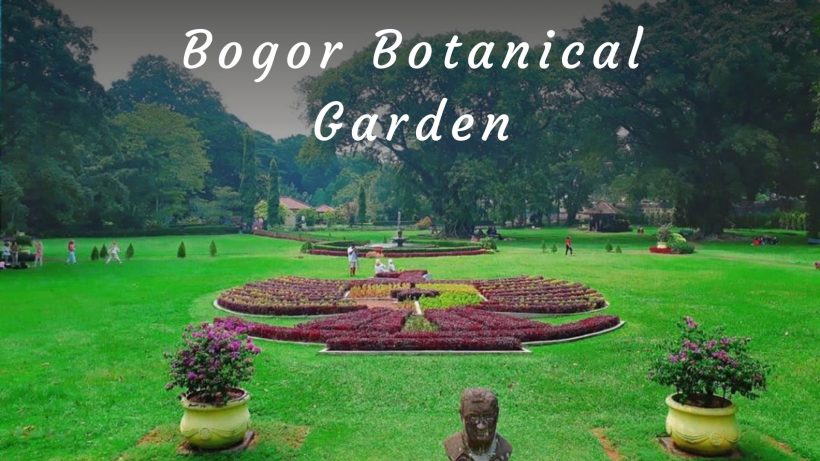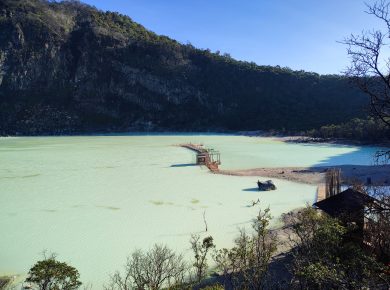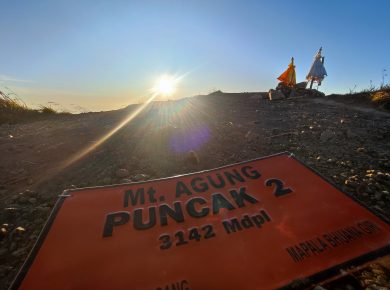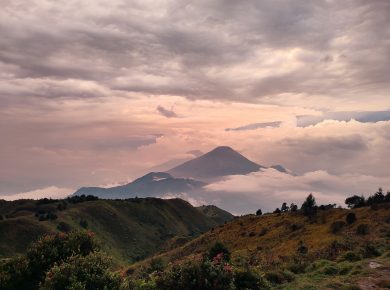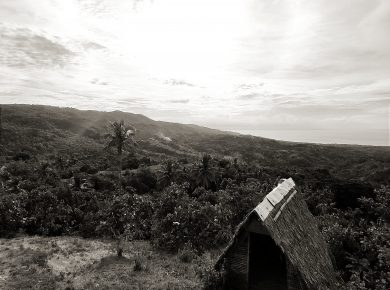Contents
How the botanical garden was founded in Bogor
The wars that occurred in Europe caused the Dutch to experience lethargy, the Kingdom of the Netherlands also developed knowledge, then sent Cornelis Theodorus Elout, and G.A.G.P. Baron van der Capellen to Indonesia with Prof. Caspar George Carl Reinwardt as a German adviser who moved to the Netherlands, who in 1816 was appointed Director of Agriculture, Arts, and Education for Java. Reinwardt immediately began research in the field of plant science. He was interested in investigating the various plants used for treatment and considered the exploration of plants and agricultural problems as well as his duties in the Dutch East Indies. He then decided to collect all these plants in a botanical garden around the courtyard of the Bogor Palace previously occupied by Lieutenant-Governor Thomas Stamford Raffles with his wife Olivia Mariamne Raffles during the transition from the British Government to the Kingdom of the Netherlands in Java from 1811 to 1816. Through the help of a botanist William Kent, the land that was originally the courtyard of the Bogor Palace developed into a beautiful garden. Raffles conjure the palace courtyard into a classic English-style garden. This is the beginning of the Bogor Botanical Garden in its present form.

Lands Plantentuin te Buitenzorg
On April 15, 1817 Reinwardt sparked the idea of establishing a botanical garden to Governor-General G.A.G.P. Baron van der Capellen, the idea was then approved. Finally, on May 18, 1817, Governor-General G.A.G.P. van der Capellen formally established a Botanical Garden in Bogor City, then called Buitenzorg (from Dutch meaning “nothing to worry about”), under the name of ‘Lands Plantentuin te Buitenzorg. Its establishment begins with the first hoe swing in the earth Pajajaran as a sign of the construction of the garden, whose implementation is led by Reinwardt himself, assisted by James Hooper and W. Kent curator of the famous Kew Botanical Gardens in Richmond, England.
Collection on Plants
Approximately 47 hectares of land around the Bogor Palace and the former Samida made the first field for botanical gardens. Reinwardt became his first driver from 1817 to 1822. This opportunity used him to collect plants and seeds from other parts of the archipelago. Bogor immediately became the center of agricultural and horticultural development in Indonesia. At that time an estimated 900 live plants were planted in the garden. Reinwardt also became a pioneer in the field of herbarium making. He later became known as a founder of Herbarium Bogoriense.

In 1822 Reinwardt returned to the Netherlands and was replaced by Dr. Carl Ludwig Blume who undertook an inventory of collection plants grown in the garden. He also compiled the first recorded garden catalog of 912 species (species) of plants. Implementation of this garden development was once stopped because of lack of funds but then pioneered again by Johannes Elias Teijsmann (1831), an expert gardener palace Governor General Johannes van den Bosch. With the help of Justus Karl Hasskarl, he arranged the planting of collection plants by grouping by tribe (familia). This is a hard work where part of the Bogor Botanical Gardens must be replanted and move some trees that are too big, labeling red to mark the date of planting that you can still see now. During his tenure, Teijsmann successfully brought thousands of plant species to the Bogor Botanical Garden from his travels to various countries. And for his services, the Bogor Botanical Gardens awarded a memorial in Tijsmann Park with 4 species of teak trees and verbena from Teijsmaniodendron clan taken from its name. Teijsmann was later replaced by Dr. Rudolph Herman Christiaan Carel Scheffer, in 1867 he became director and was succeeded by Prof. Dr. Melchior Treub. A year later on May 30, 1868 the Botanical Garden of Bogor is officially separated its stewardship with the page Istana Bogor.
Garden for Science

At first this garden would only be used as an experimental garden for plantation crops to be introduced in the Indies. However, in its development the establishment of Bogor Botanical Gardens can be said to initiate the development of science in Indonesia and as a forum for scientists especially botany in Indonesia in an organized manner at that time (1880 – 1905). From here were born several other science institutions, such as Bibliotheca Bogoriensis (1842), Herbarium Bogoriense (1844), Cibodas Botanical Garden (1860), Treub Laboratory (1884), and Zoological Museum and Laboratory (1894).
Bogor Botanical Garden Today
After independence, 1949 ‘s Lands Plantentiun te Buitenzorg renamed the Bureau of Natural Investigation, then became the Institute of Natural Investigation Center (LLPA) for the first time managed and led by the Indonesian nation, Prof. Ir. Kusnoto Setyodiwiryo. At that time LPPA had 6 subsidiary institutions, namely Bibliotheca Bogoriensis, Hortus Botanicus Bogoriensis, Herbarium Bogoriensis, Treub Laboratory, Zoologicum Bogoriensis Museum and Marine Investigation Laboratory. In 1956 for the first time the leadership of the Botanical Garden was held by the Indonesian people, Sudjana Kassan replacing J. Douglas.
